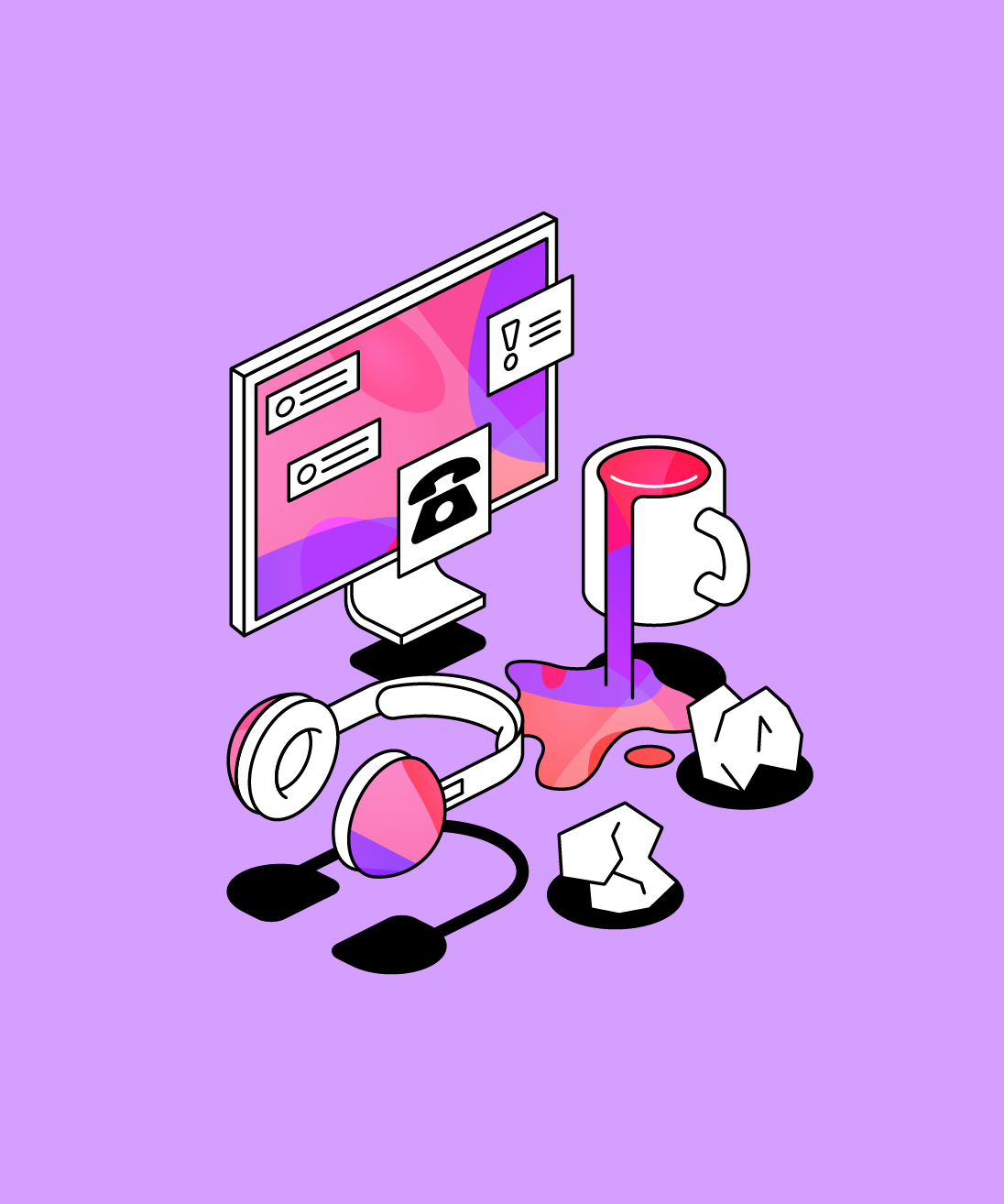Emerging trends for student accessibility services
Student accessibility services are constantly evolving. Our panel of guest speakers share how they helped to create equitable access for all students.
 2 min read
2 min read
 Published: 24 May 2024
Published: 24 May 2024
 Aneesha Aslam
Aneesha Aslam


Student accessibility services are constantly evolving. Technology continues to reshape the learning environment and institutions face the challenge of ensuring equitable access for all students on a tight budget. That’s why we were joined by:
- Robert Lee Beach, AT Specialist at the Student Accessibility & Support Services department, Kansas City Kansas Community College
- Paul Harwell, Ph.D, Director of Disability Support Services, East Carolina University
- Kay Hall, Coordinator for Student Academic Success, Mid-America Nazarene University
The experienced panel shared valuable insights on:
- Proactive support approaches
- The role of remote learning
- The influence of Universal Design for Learning (UDL)
- And much more
Here's a quick roundup...
What approaches is your department taking to provide more proactive and personalised support to students?
Kay: Continuously ensuring the website is up-to-date with the latest information and making it more user-friendly and accessible. Also, having dedicated rooms for meeting new families in person to discuss their services.
Robert: Educating high school counselors about transitioning to post-secondary education helps students arrive better prepared. It also ensures faculty members understand the importance of referring students who have disabilities or show signs of struggling.
Paul: It’s important to build relationships such as developing intentional relationships with faculty. This shared responsibility helps provide a more holistic support system for students. Being visible and available at student events also helps build trust and ensure students know where to seek help.
What role does remote learning play both in expanding accessibility options and creating new challenges for support services?
Paul: Remote learning works best when designed specifically for that format. There is often a misconception that moving a class online will accommodate all needs, which, isn't always true.
Kay: While some students thrive in remote learning, others struggle with self-management and time constraints.
Robert: Remote learning can provide greater accessibility for some students but can fundamentally alter courses designed for in-person and therefore not solve all accommodation needs.
How is the shift towards Universal Design for Learning (UDL) influencing your campus-wide accessibility efforts?
Robert: Universal Design is crucial, but it's important to remember that it's not a magic wand. Even with UDL, there will always be a need for additional accommodations.
Paul: Including UDL in course design helps foster deeper reflection by instructors, making accommodation discussions more productive.
Kay: At my institution, they've made progress in ensuring our online courses are designed with accessibility in mind, mainly through their Moodle platform.
How are disability offices collaborating with faculty to build inclusive learning experiences?
Kay: Meeting with faculty individually or in smaller groups to help address specific departmental needs and issues, improving collaboration and understanding.
Paul: Build comfortable, non-bureaucratic relationships with faculty, ensuring they are more willing to reach out for help, and creating a more cooperative environment for student support.
Robert: Offering professional development sessions on accessibility and working closely with the online education services department, ensuring faculty are well-prepared to support students with disabilities.
What budgeting strategies are being adopted within your institution to support students with disabilities?
Robert: We have a zero-based budgeting approach that requires detailed planning and justification for new technology, with coordination between our department and our information services department.
Kay: Despite having a small budget, the university is obligated to provide necessary accommodations, though some areas like accessible housing still need improvement.
Paul: The most significant expenses in assistive technology have been reduced thanks to built-in accessibility features in mainstream technology.
There are even more insights and best practices shared in the full webinar. Rewatch the webinar to gain a deeper understanding of the latest trends and strategies for creating truly inclusive campuses.
More from Disability Services
View All
 4 min read
4 min read
Navigating budget restrictions: a comprehensive guide to maximizing departmental resources
Higher education professionals face increasing pressure to do more with less and maximize limited resources. In this article, we explore tips, strategies, and success stories for adopting assistive technology and effectively planning budgets.

 2 min read
2 min read
The power of inclusive language and technology
In a recent webinar, Leslie Smith, Manager of the Access Center at Volunteer State Community College, shared a powerful insight into the transformative impact of language and technology.

 3 min read
3 min read
The future of disability services in higher education
Disability services are experiencing significant change. To explore this, and how they may continue to evolve, we sat down with Christa Price, Assistive Technology Specialist at California State University, Northridge, and Aaron Holmes, Access Specialist at MiraCosta College.





